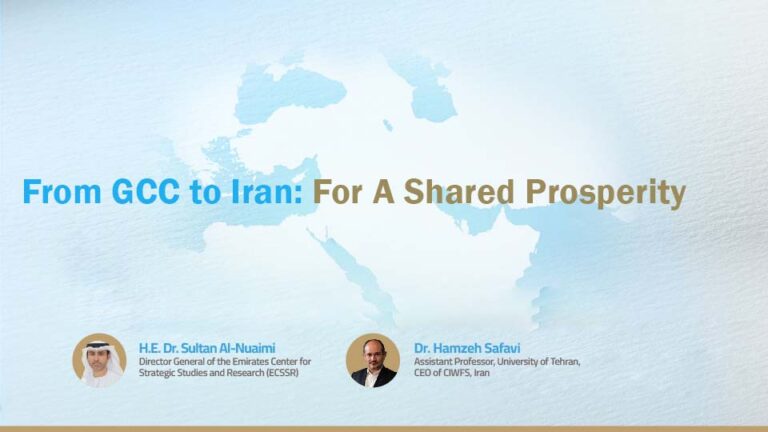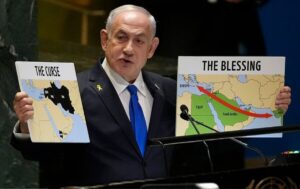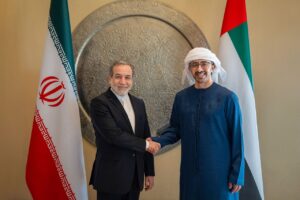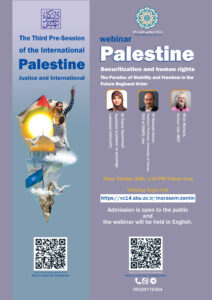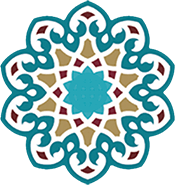H.E Dr. Sultan Al Nuaimi & Dr. Hamzeh Safavi
Throughout history, the people of the two shores of the sea have lived side by side in a region marked by both complex challenges on one hand, and immense, yet underutilized, opportunities on the other. For centuries, merchants from GCC and Iran have exemplified a successful model of constructive partnership, one that has significantly shaped our present-day ties and is now considered a unique case study in international relations.In today’s interconnected world, nations are more open and engaged with one another than ever before, enabled by advanced communication and transportation technologies. This openness allows for deeper exploration and appreciation of each other’s cultures, histories, and values. Economic interdependence has become an indispensable pillar of foreign relations—especially as the Middle East increasingly emerges as a global hub for connectivity, trade and investments.developing AI technologies to improve lives has become a vital national interest. Likewise, advanced healthcare and high-quality education have risen to the forefront of government agendas. This is how the UAE envisions the future of the Middle East. Undoubtedly, this vision resonates not only with other regional countries but also with Iran.As Barry Buzan, a leading theorist in international relations, argues: “Regional security is best achieved when neighboring states recognize their shared vulnerabilities and commit to cooperative frameworks.” This perspective resonates deeply with the realities of the regional and the broader Middle East, where historical ties and geographic proximity demand a shift from zero-sum rivalries to win-win partnerships. By embracing this logic, Iran and the GCC can jointly craft a regional architecture rooted in trust, dialogue, and mutual benefit—one that transforms the Middle East from a zone of tension into a beacon of opportunity.While many global media outlets portray the current moment in the Middle East as a tunnel of darkness with no visible end, we must instead focus on the light at the end of the tunnel. That light should guide our outlook and efforts. We have every right to believe in this promising path of development, because the people of the GCC and Iran have already proven their ability to be global role models across numerous fields, including -but not limited to – business, medicine, science, art, and technology.The potential between the two shores of the sea is vast and calls for action. Together, we must reaffirm our commitment to creating the necessary environment and the right conditions to move forward toward a future of shared prosperity.This shared journey must also be anchored in the principle of good neighbourliness and the value of mutual cooperation rooted in respect, non-interference, and adherence to international norms. Our commitment must aim to reinforce these principles and translate them into a stable and forward-looking strategic environment—especially since shared prosperity cannot be achieved without regional security built on the foundation of stable, resilient, and thriving nation-states. Good neighbourliness should not remain confined to the truisms, such as refraining from interference and etc, but must evolve into a broader vision of sincere dialogue and joint efforts to foster an environment conducive to sustainable development and opportunity for future generations. Such a vision requires robust diplomatic engagement and enduring collaboration across cultural and societal levels, strengthening bonds between peoples and building bridges of engagement and understanding.As we look to the future, the UAE, the other GCC, and Iran can leverage their strategic positions to foster inclusive growth and regional integration. Together, we can redefine the Middle East as a region of opportunities, development, hope and shared prosperity.

